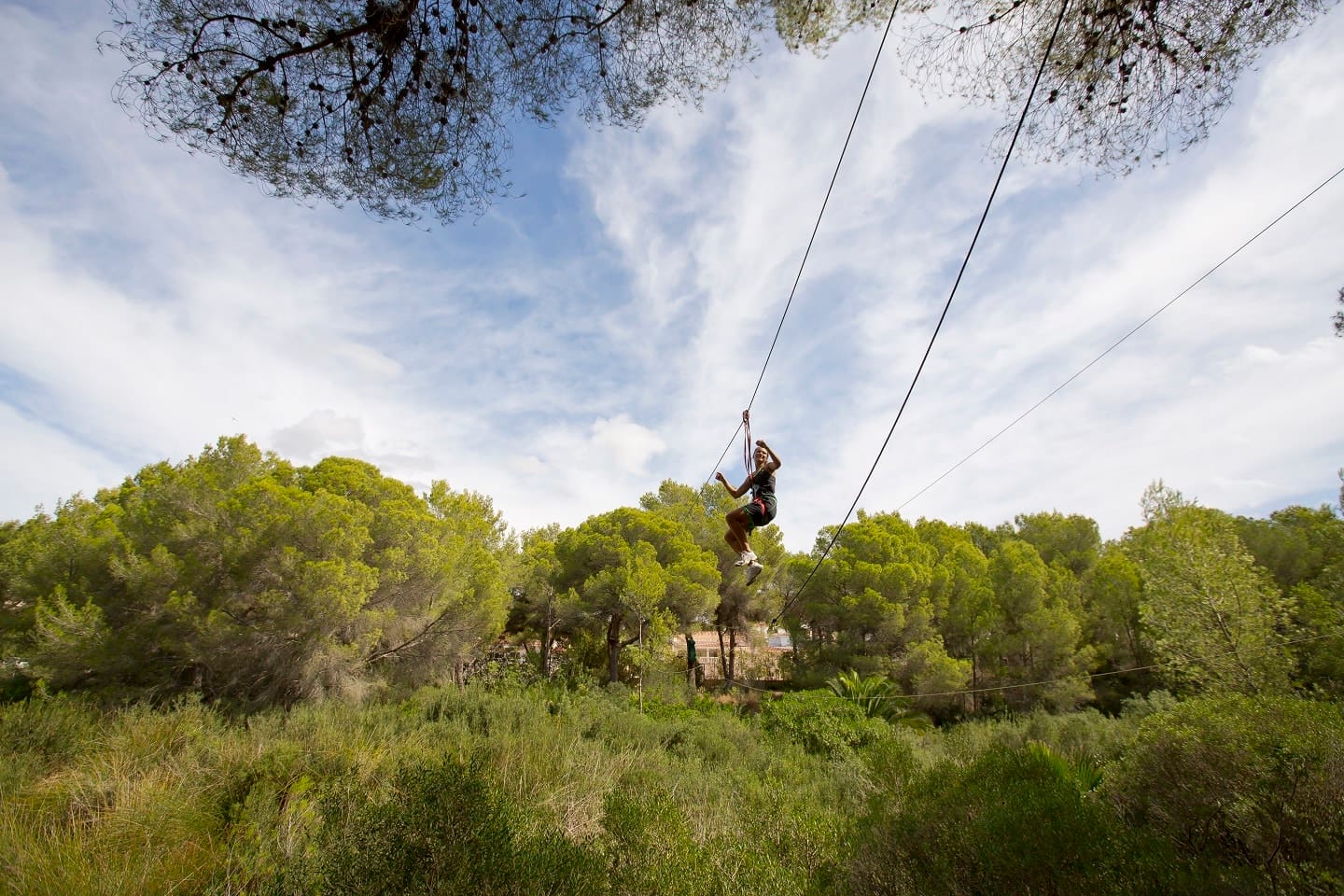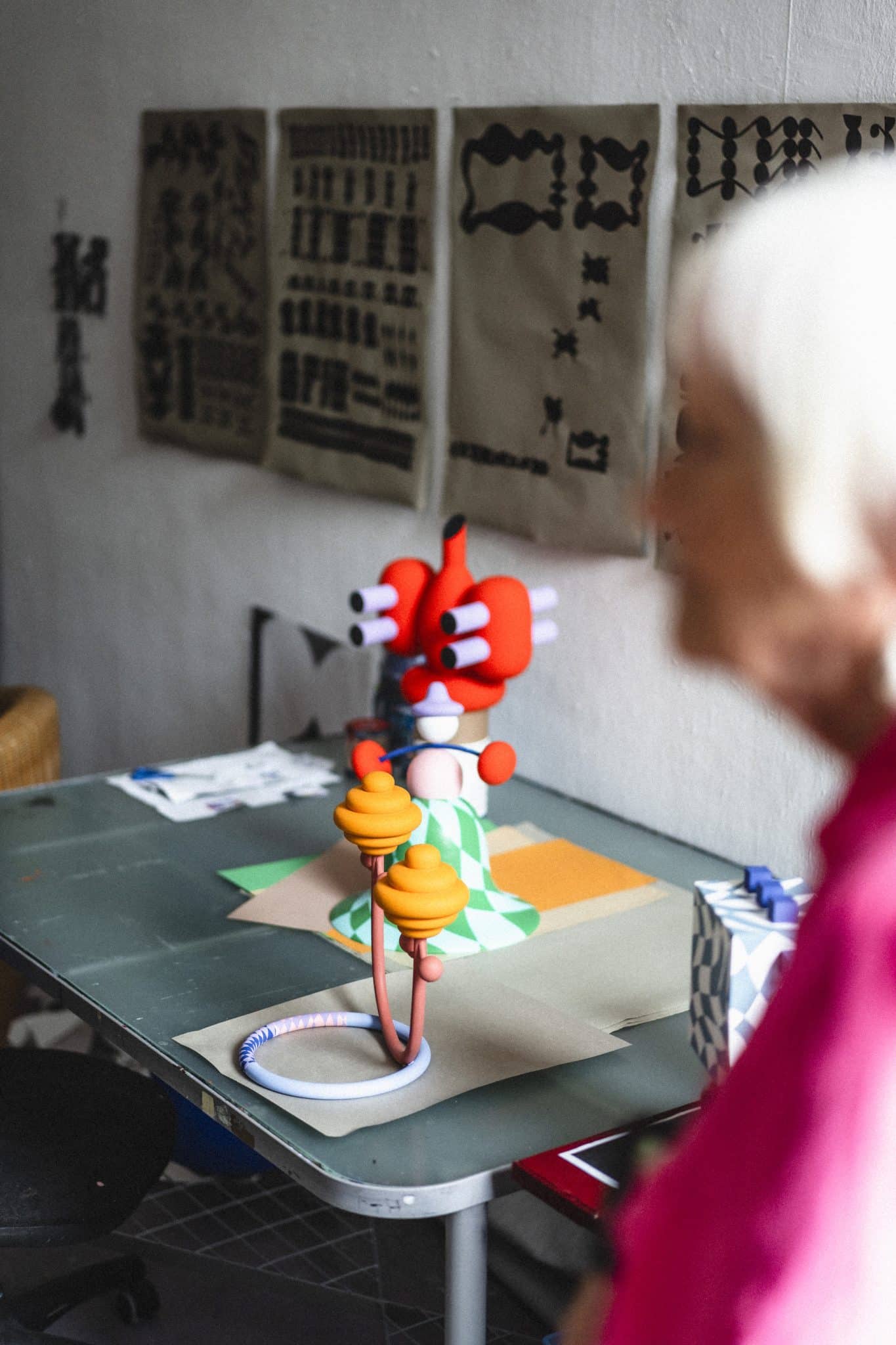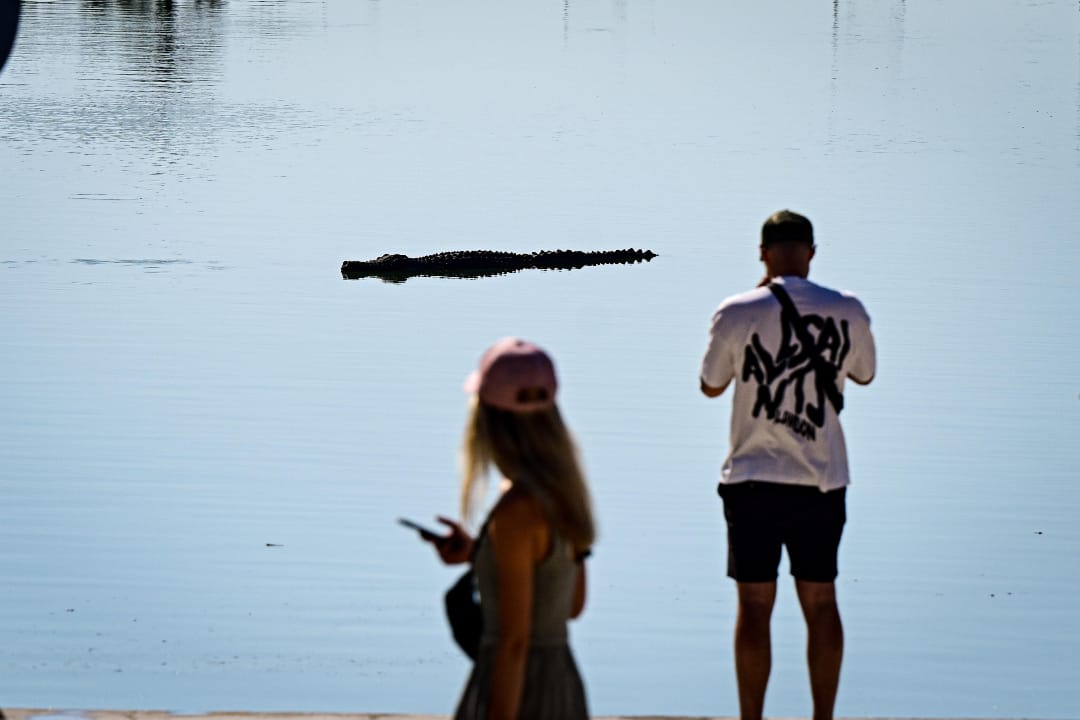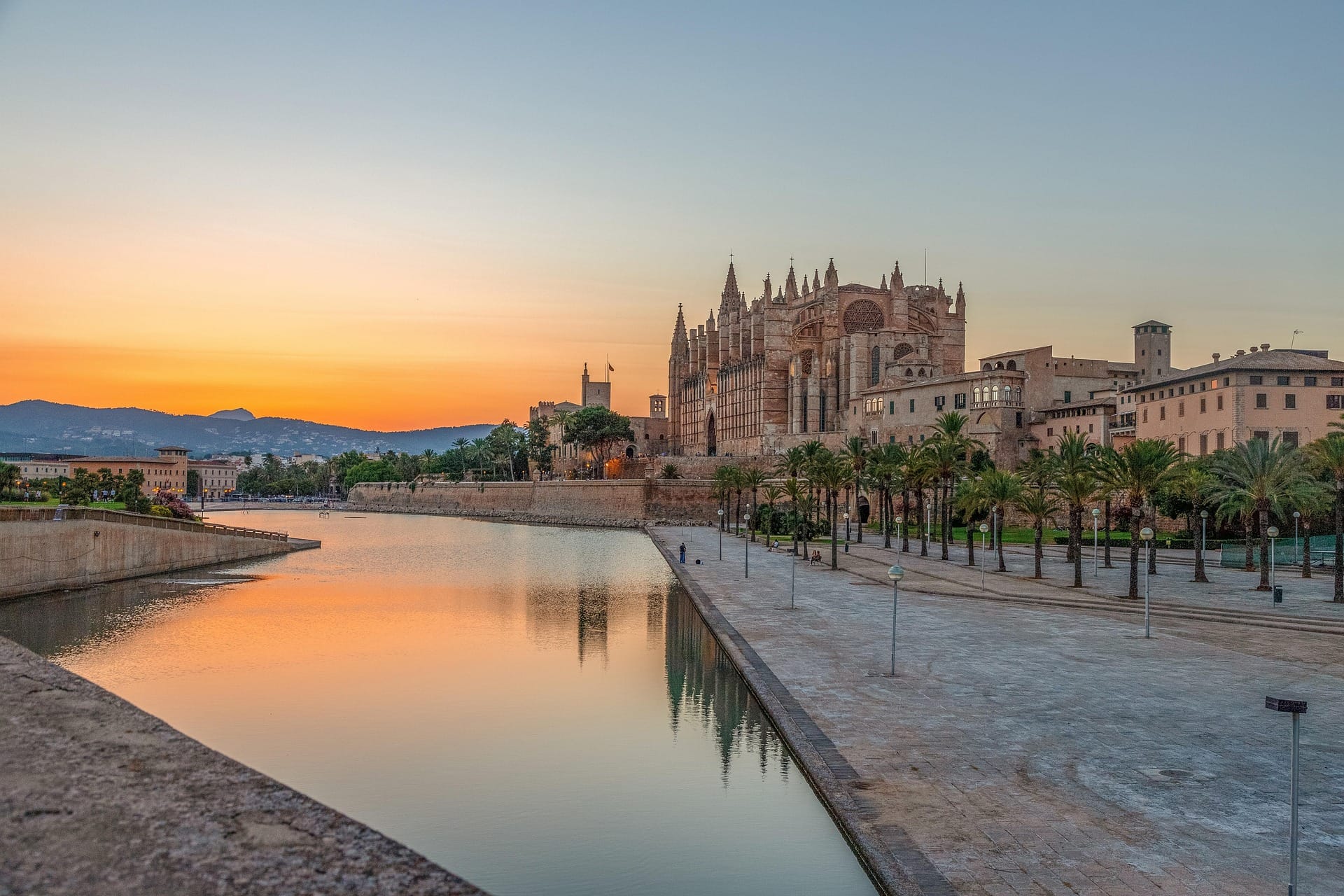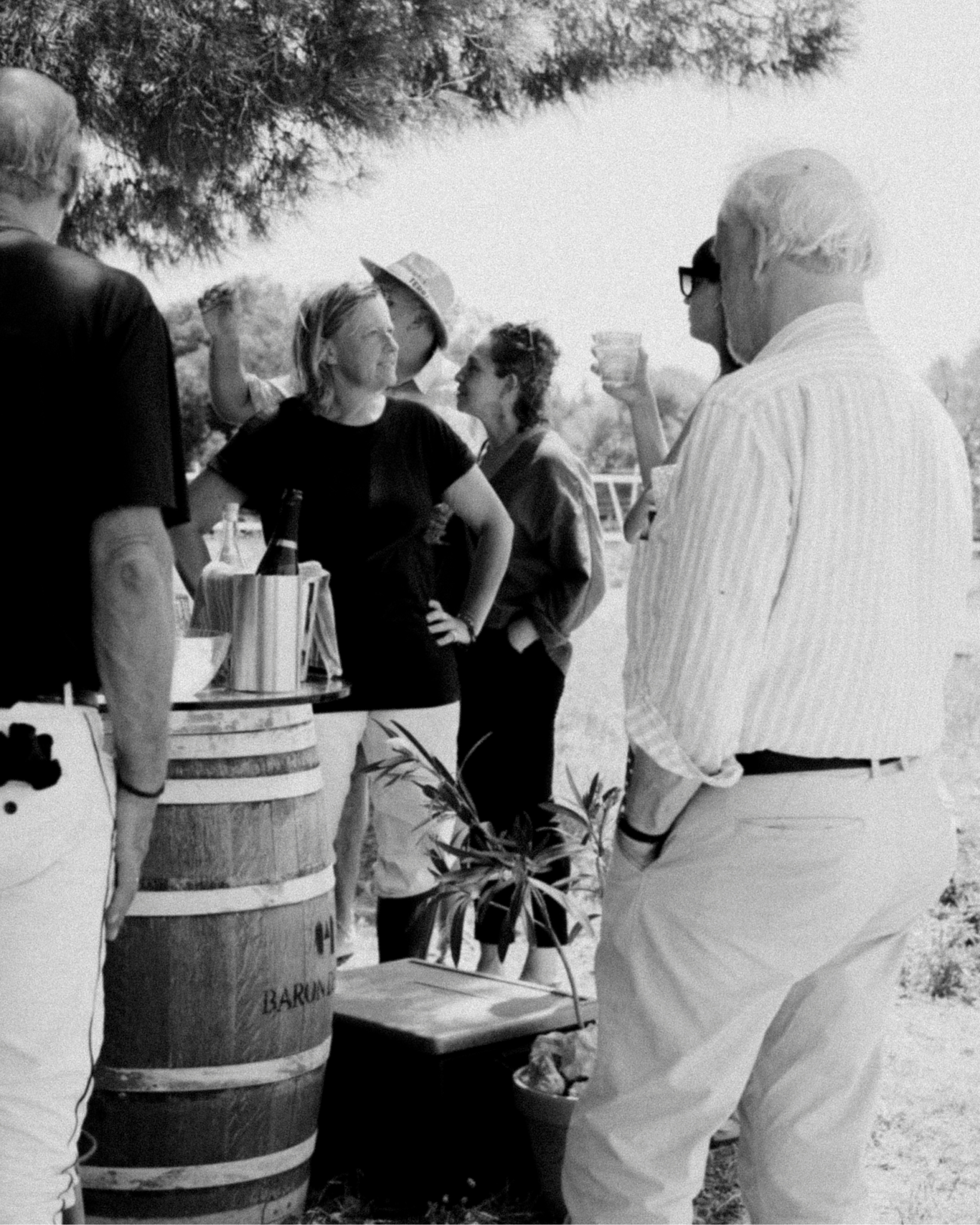Palma’s Legendary Beast Takes Shape at Parc de la Mar
From myth to mortar – the iconic Mallorcan legend of the Drac de na Coca now floats proudly beneath the Cathedral.
Don’t be alarmed if you spot a mysterious, dragon-like silhouette gliding across the lake at Parc de la Mar. It’s not a trick of the light or a myth come to life – it’s the newly installed floating sculpture by artist Ricard Chiang, paying homage to one of Palma’s most curious and captivating legends.
A Floating Sculpture with a Story
Unveiled in July 2025, the Drac de na Coca sculpture now officially forms part of Palma’s cultural heritage. Stretching over three metres long and weighing 150 kilos, the creature is made of seawater-resistant mortar and floats thanks to a clever PVC structure anchored discreetly beneath the surface. The piece was donated to the city by the artist, who described the creative process as “a crazy idea” – unsure whether it would float at all.
Now moored safely in the lake, the sculpture draws curious glances and Instagram snaps while sparking curiosity around the folklore it represents.
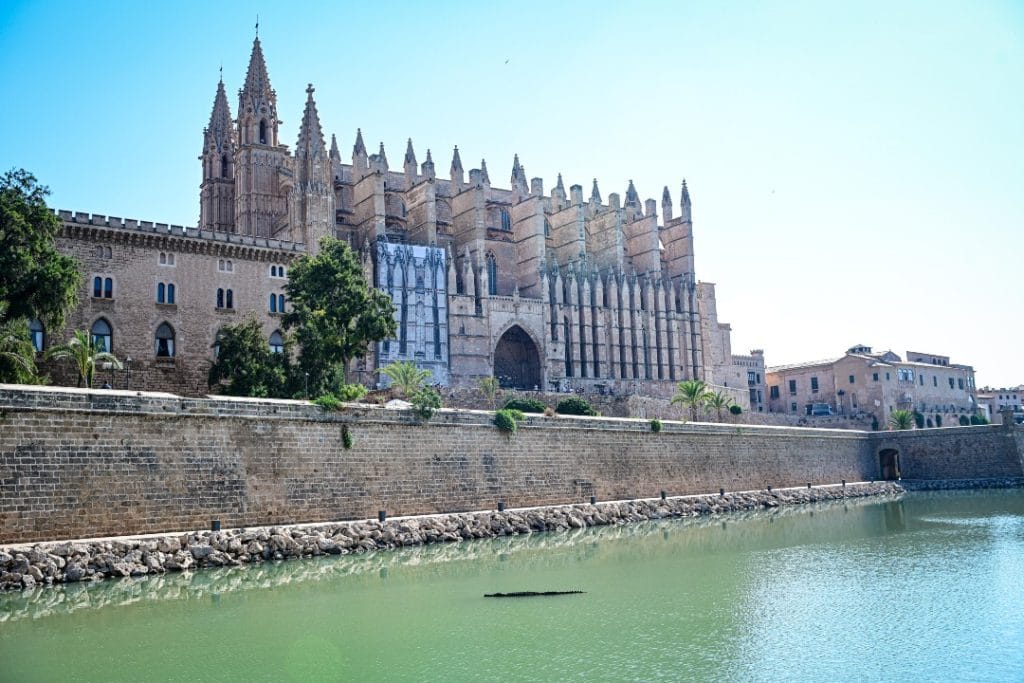
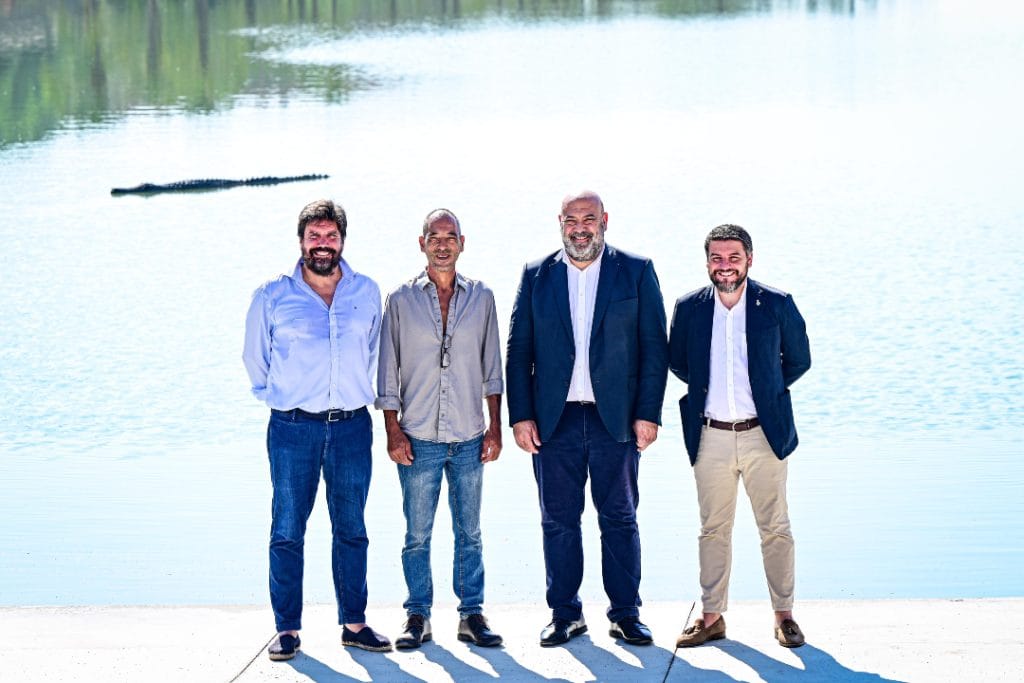
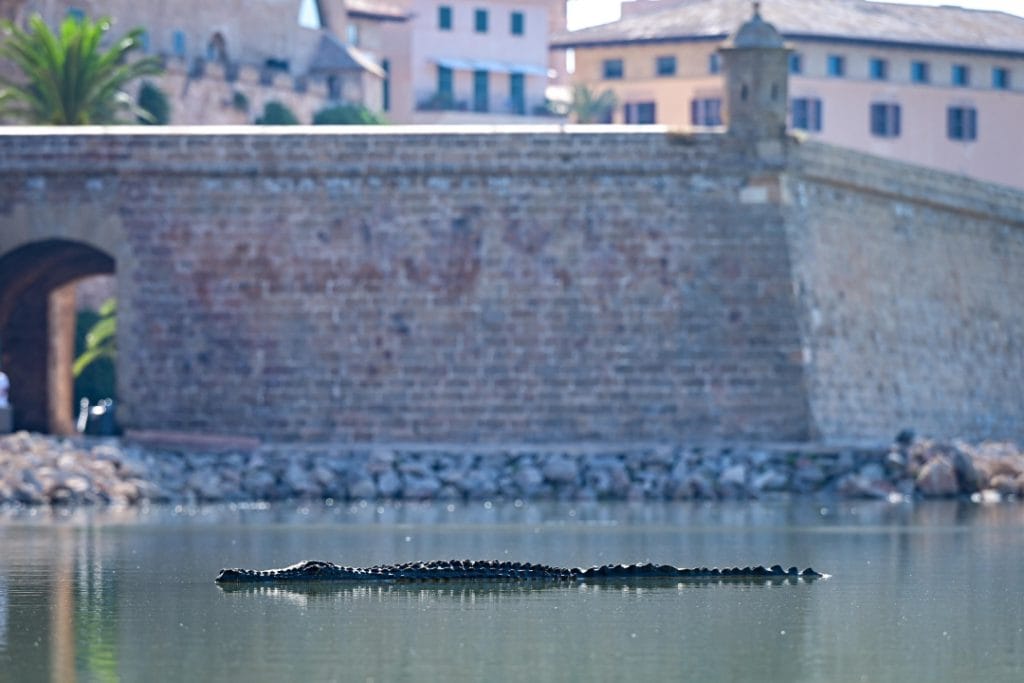
A Myth Reborn
The legend dates back to 1776, when eerie sounds and mysterious disappearances stirred fear around La Portella street, near Palma Cathedral. Locals whispered of a dragon prowling the city’s sewers – said to have devoured beggars, children, and pets under cover of night.
Enter Bartomeu Coch, a young knight en route to visit his fiancée (nicknamed “na Coca”). Legend has it that Coch slayed the beast – which turned out to be an unusually large crocodile, likely escaped from a ship and grown feral beneath the city.
To mark the event, the animal was embalmed and kept by the Coch family, later donated to the Diocesan Museum of Palma, where it remains on display today. A stone carving of the creature also adorns the nearby façade, silently reminding us that history in Palma is never far from fantasy.
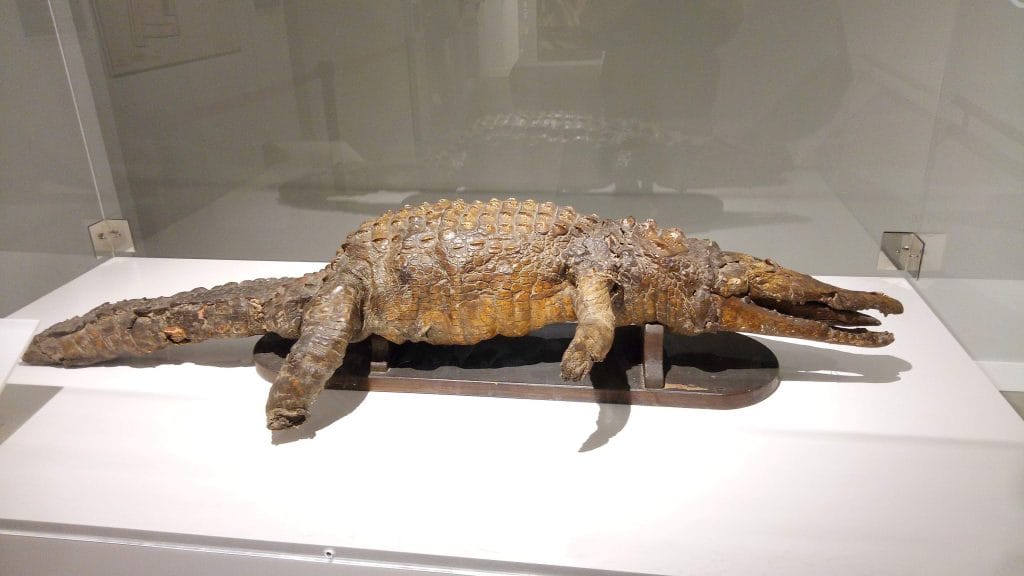
Art, Culture & Community
The installation was welcomed by Palma mayor Jaime Martínez, who praised the project as a union of “culture, tradition, and history.” With the city aiming to become European Capital of Culture in 2031, the sculpture is one more piece of Palma’s evolving public art scene – a playful yet meaningful reminder of the city’s rich folklore.
Also present at the unveiling were Palma’s cultural councillors and Chiang himself, who celebrated the fact that, through art, “we no longer need to go through the traditional filters of the art world to share a story.”
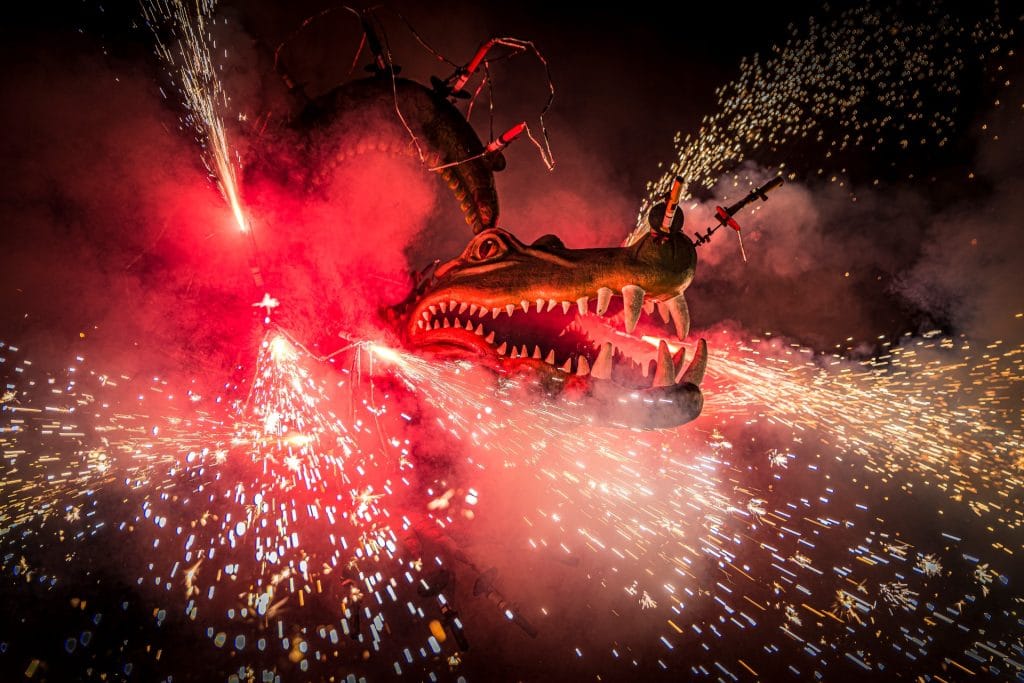
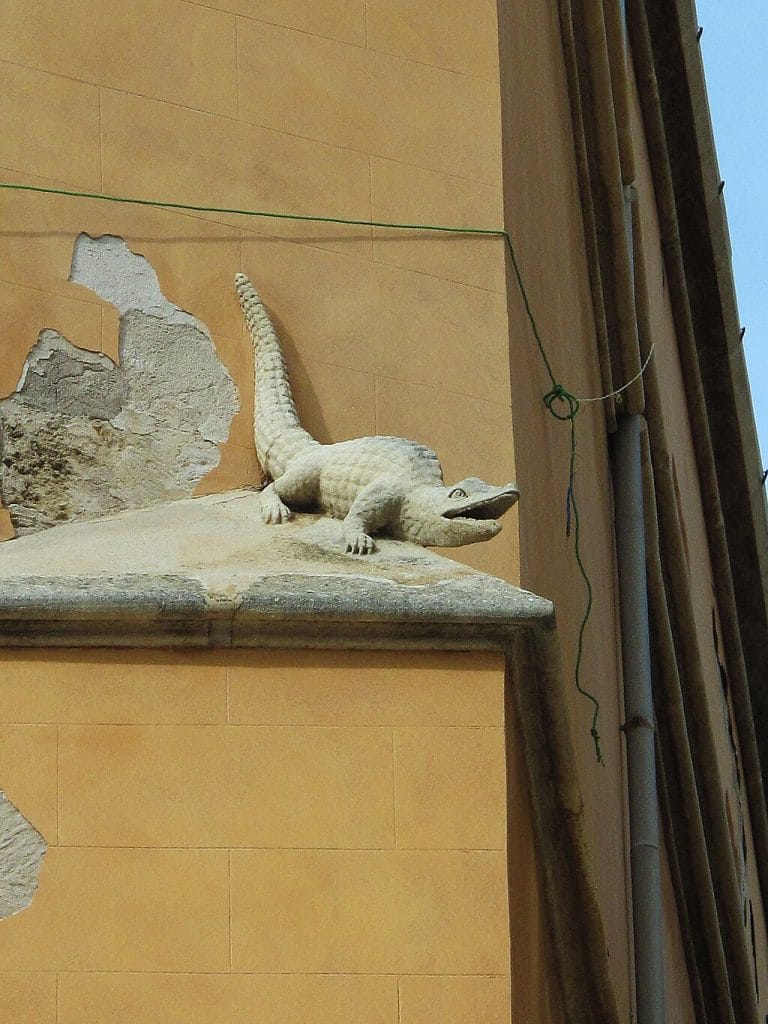
Discover It Yourself
You can now visit the Drac de na Coca at Parc de la Mar, just below the Cathedral. Whether you’re a history buff, a folklore fan, or simply in love with the city’s creative energy – this is a piece of Palma you won’t want to miss.
📍 Where: Parc de la Mar, Palma
📅 When: Ongoing — part of Palma’s public art collection
💡 Don’t miss: The original Drac is still on display at the Diocesan Museum of Mallorca
And just opposite the museum, a small stone sculpture of the Drac de na Coca gazes out toward the sea and the harbour below – a quiet tribute to the place where this legendary creature may have once arrived on the island.
📷 credit to Drac de Na Coca / Pep Xerra / ajuntpalma / Wikipedia

